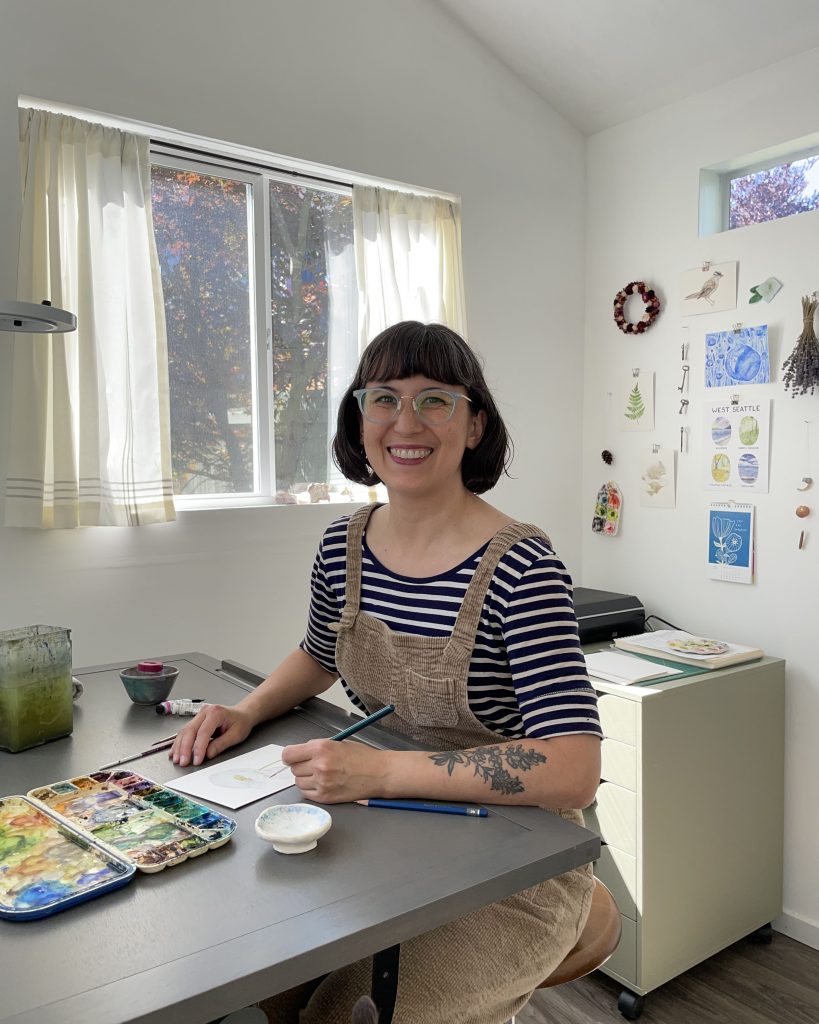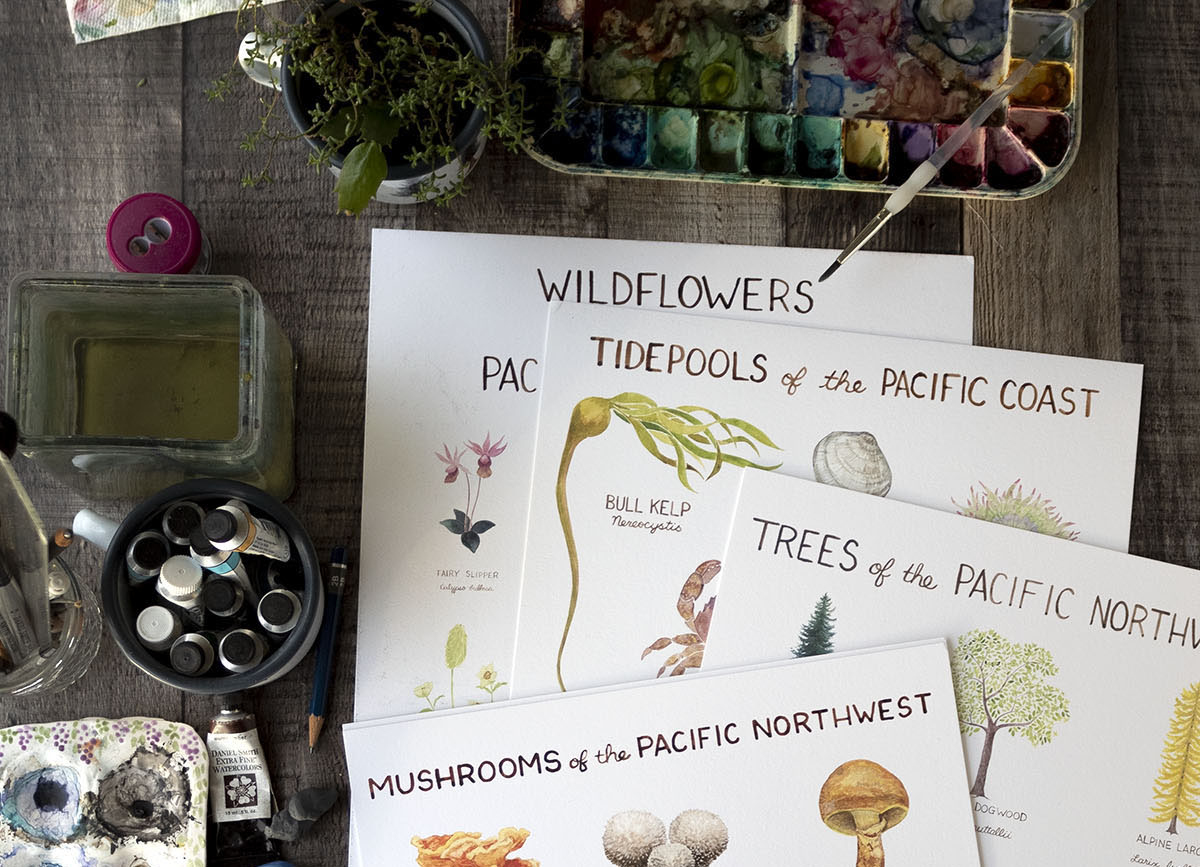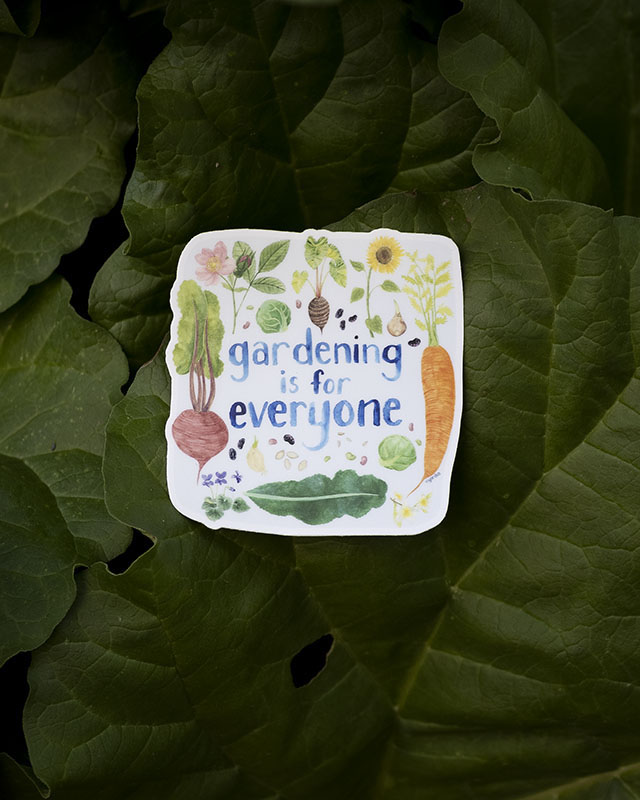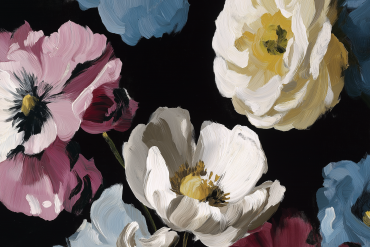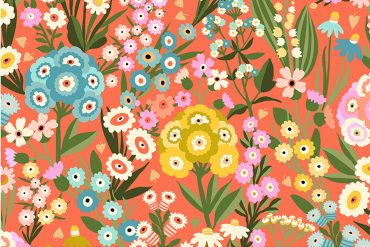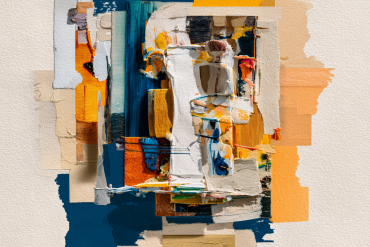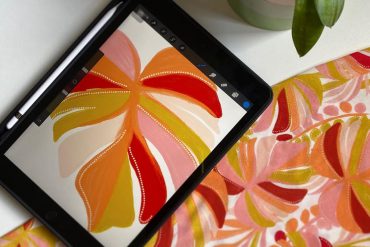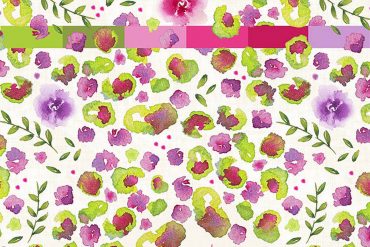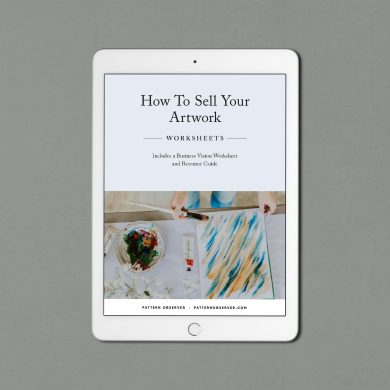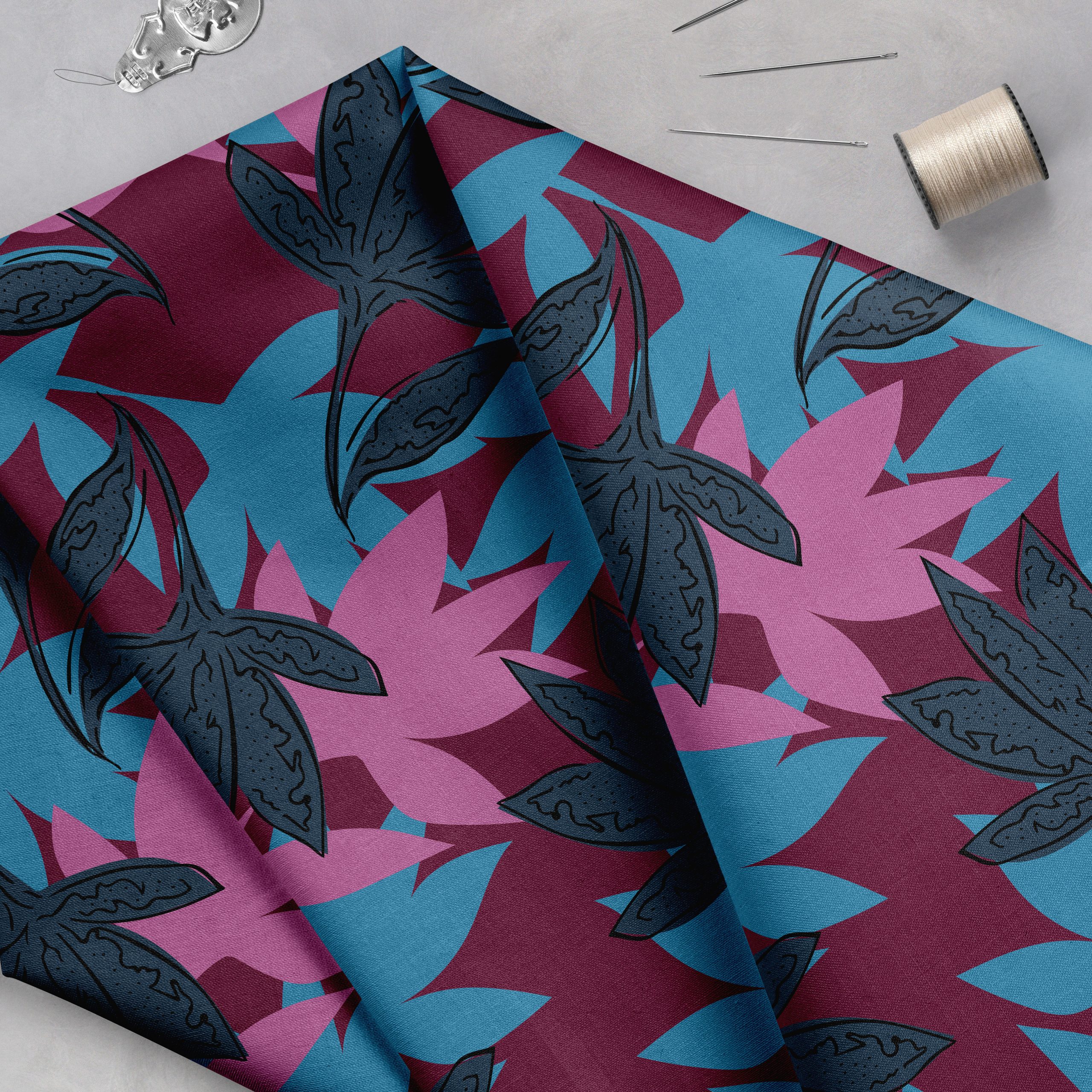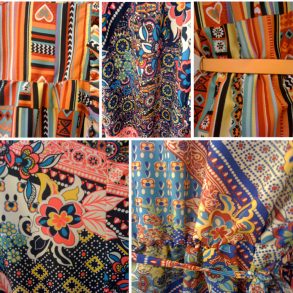Brigida Swanson is a queer, multiracial CHamoru, watercolor artist from Seattle, Washington. She founded Yardia in 2008 and is proud to support herself fully through her business, creating art for products to help you love the place you live. Yardia was founded with five core values: Nature, Creativity, Empathy, Belonging, and Harmony. These values guide her business and creative process, including inspiring Brigida to ditch social media marketing to focus on nurturing relationships with customers and companies more intimately. Now Brigida teaches workshops and writes about her experience finding success with this experiment. We are excited to learn from her!
You began to wholesale your greeting cards almost 10 years ago. How did you enter this market and what tips do you have for designers and illustrators who want to start now?
I first started wholesaling when I began receiving inquiries from stores, and I finally said, ‘Sure!’ I made a ton of mistakes at first (like shipping before receiving payment, or not having a minimum order threshold), but learned and grew very slowly but intentionally. I started selling with two things that no longer exist: Etsy Wholesale (a short-lived wholesale platform that Etsy once had) and by exhibiting at the Seattle Gift Show (a regional trade show that no longer exists). Starting with these helped me understand my place in the wholesale market, so I was ready to jump in once Faire (the current big online wholesale platform) came into being and once I decided to exhibit at larger trade shows further afield.
For anyone just starting in wholesale, I’d recommend focusing on two things. First, make sure that you have some traction with your product line, and focus on building up your products with quality and depth. I also think starting with regional trade shows is a great way to enter the market if you have one in your area! Independent stores love to work with local artists, so exhibiting at trade shows is one of the best ways to get your products in front of your target buyers. Regional or niche trade shows are often a little more casual and certainly less of a financial investment than the big national shows, so they can be an excellent way to test out your market and get a sense of what a trade show is like and what stores are looking for.
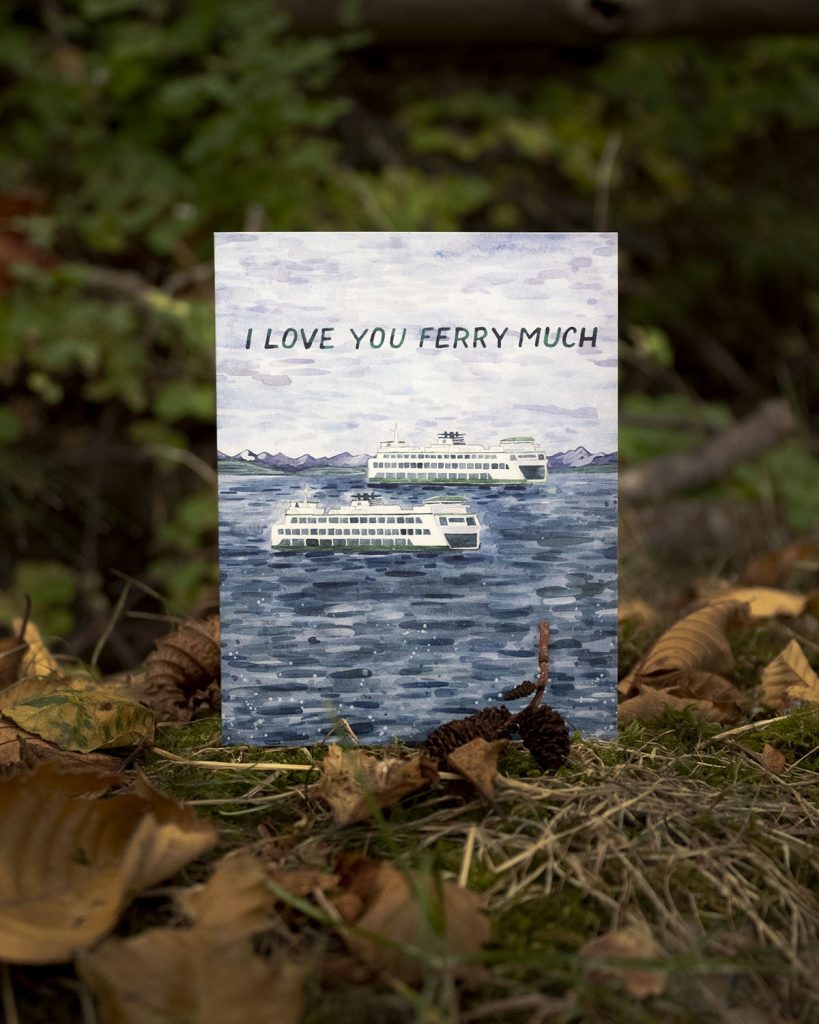
What email marketing platforms have you tried and which one do you favor?
For Yardia, I use Klaviyo as my email newsletter provider to market my products, and for Contentment Over Content I use Substack for my more educational newsletter platform.
I love Klaviyo because it syncs well with Shopify (where I have my ecommerce and direct wholesale shops housed) and allows for tons of automations and customization. It also has a lot of backend analytics that I can work with to keep improving my marketing systems. It’s pricier and maybe not quite as beginner-friendly as other services at first, but once you practice and play around with it, it’s really worthwhile because of how robust it is.
For my educational and business writing through Contentment Over Content, Substack made the most sense as a newsletter platform since it combines the benefits of a newsletter and a blog, which was what I was looking for. It’s a simpler platform and doesn’t allow for automations, so I wouldn’t recommend it for product marketing, but for more writing-based work, it made a lot of sense for me. Plus, it’s free and very user-friendly.
How much time do you dedicate to your email newsletter? How often do you send one?
Since I’m not on social media, my email newsletter is my primary form of marketing, so I devote a good amount of time and effort to it. I send a newsletter twice a week to my direct-to-consumer ecommerce customers, and once a week to my wholesale clients. I also send a lot of individual check-ins and direct email outreach beyond the newsletter for wholesale, and I work with a Virtual Assistant to help stay on track with those more personalized emails.
For my newsletters, I tend to batch these and reuse as much as I can (for example, many times the wholesale content will be sent first within their earlier buying cycle and then repeated for ecommerce customers later when it’s more seasonally appropriate). Everything is pretty systematized at this point, but it still might take me an hour or two each week to write and schedule the group of three newsletters.
Tell us about your process of selling directly to customers from your website. Do you manage the inventory or have a third party help? How do you control quality and consistency? How do you test new products or decide what to sell?
I’m currently in transition with this, moving from managing my inventory myself out of my basement to shifting to a co-warehousing space that will allow me some flexibility in getting help with fulfilling orders. I’m really excited about this move because I think it will be the kind of hybrid situation that I’ve been looking for–similar to a 3PL fulfillment service while still being able to locally access my inventory as my business grows and evolves.
In the past, I’ve sometimes worked with print-on-demand companies, but I found that the quality control, cost of goods, and fulfillment time frame were less than ideal for long-term sustainability for my needs.
When designing an entirely new product type, I’ll research manufacturers and order a sample first, but if I’m simply ordering a new design of a product I already sell (like cards or stickers), sometimes I’ll order a slightly smaller quantity to begin with to test it out. This is something that takes time and research and lots of errors to get running smoothly, so I find that approaching new products with a mindset of experimentation serves me well. Now I also have a few rules that I consider when I’m designing new products: how easy is this to store and ship, do I need to worry about breakage in transit, and what’s the afterlife of this product going to look like?
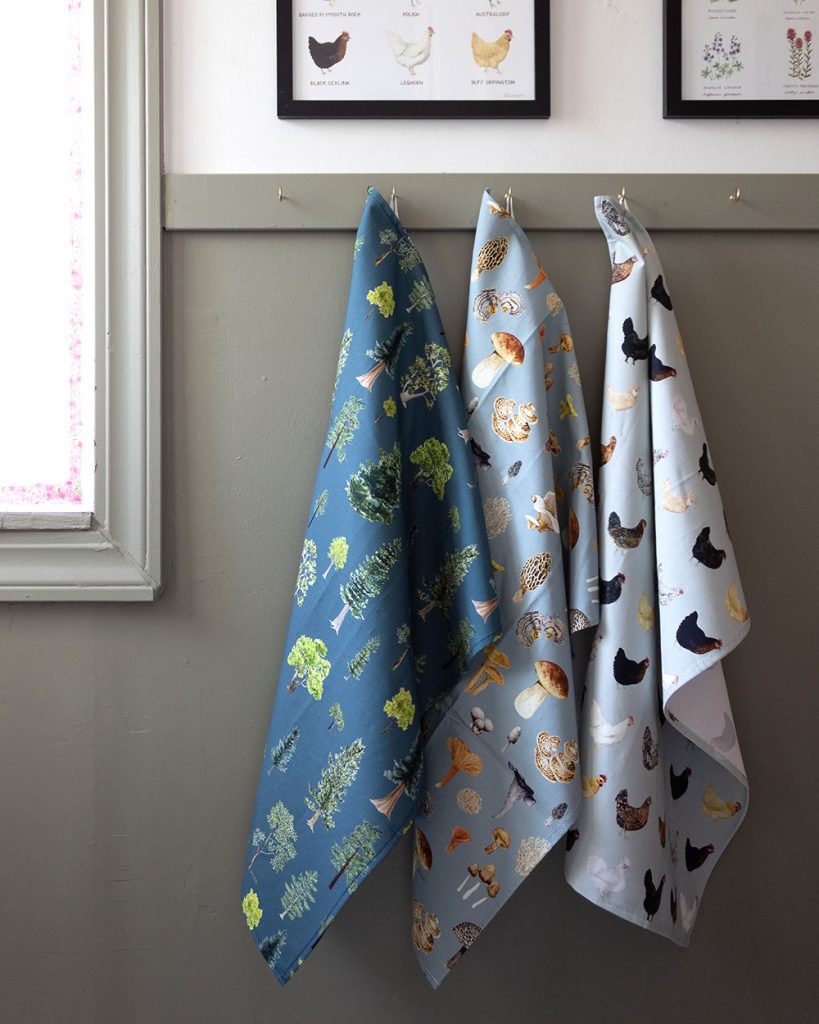
Where do you research your target audience so you can stand out in a crowded market?
I’ve been thinking about this a lot lately because my answer to this question has changed over the years, from the time when I was just starting to now that I’ve worked with over 400 stores. Earlier in my business, I researched local gift shops online or scrolled through social media accounts, but now I feel more comfortable talking with the shop buyers that I meet in person and getting to know them and their needs.
One of the most valuable ways to research my audience is to get as human as I can–namely by going to in-person trade shows and talking to people one-on-one. I’ve been trying out a lot of smaller and more niche shows this year, so I can observe and learn from what buyers are drawn to in my booth–and the difference of what buyers are looking for in different types of stores. Park gift shops, birding stores, bookshops and nurseries/garden centers each have different priorities and desires, and these differences are things I wouldn’t have known as easily if I’d only been trying to do my research online.
I’ve also become a member of several industry associations, both for my own industry of greeting cards, as well as associations for industries of the shows that I attend. I find that this also helps me to get a better understanding of the needs of my audience as well as a broader view of the trends and concerns of the markets I’m working with.

Who are your design heroes? What about them inspires you or influences your work?
A lot of my design inspiration comes from gardening. I love seeing what Monty Don (British gardening presenter) is up to and checking out the garden designers’ displays at my local Northwest Flower and Garden Festival, as well as observing trends from afar happening at the Chelsea Flower Show. I also make a point to visit botanical gardens locally and when traveling to seek botanical and artistic inspiration.
When I was designing my tarot deck, I looked for design inspiration from the artist Pamela Colman Smith, the often unacknowledged illustrator of the classic Rider-Waite-Smith tarot deck. I love the depth of symbolism she brought to the history of tarot, and the way she incorporated the card suits into her illustrations.
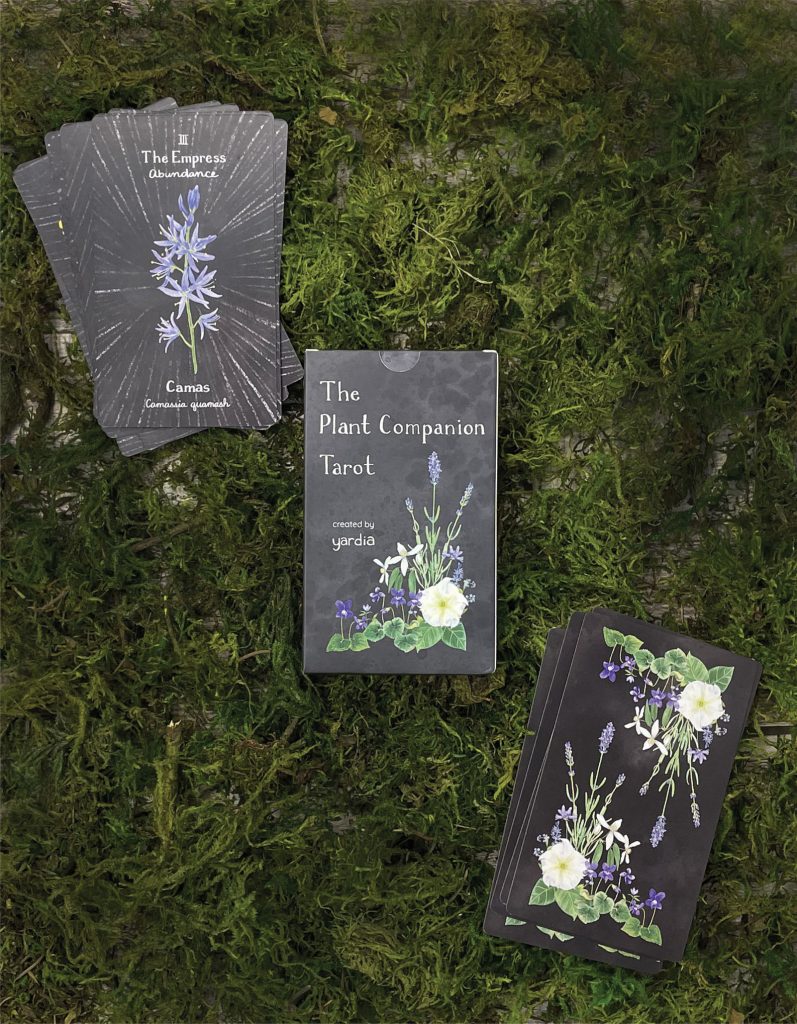
It is crucial for a brand to have a moral compass and story; Yardia has five core values that tie into all its creating and marketing. How much time do you dedicate to writing and reflecting about your art, process, and business?
Every day! Informally and privately, I’ve been writing daily morning pages as a journaling practice for the past six years, and most of the time, this is a way for me to reflect on my business and on my shorter-term or daily plans and goals. More publicly, I write a longer form reflection blog post about three times a year: outlining my business goals and word of the year in January, a mid-year reflection and renewal in June or July, and an end-of-year reflection in December. This year, I’ve also started writing about my business practices once or twice a month in my Contentment Over Content newsletter.
You started your career as an art teacher, pivoted to creating a product business, and now are circling back to teaching an online course about prioritizing Contentment Over Content. Tell us about this course and when you plan to offer it again.
Yes! I started Contentment Over Content after I left Instagram and TikTok in 2023 and saw my business grow and my wellbeing improve as a result of this change. Earlier this year, I taught the first round of an online workshop for product-based businesses all about how to leave social media, how to market your products without social media, the inner work that can help us to better understand the pressures we feel to stay on social media and how to define what contentment means for each of us individually.
Currently, I’m sharing education about these topics via my Contentment Over Content Substack newsletter a few times a month, and I’m hoping to be able to offer the course again in the new year. I’m looking to refine the course to be able to be integrated into my Substack, so that will definitely be the best place to stay tuned to for any updates!
Brigida will present her research and ideas on Contentment Over Content to the Textile Design Lab on September 8th at 1pm EST. Please join us for this insightful presentation!
